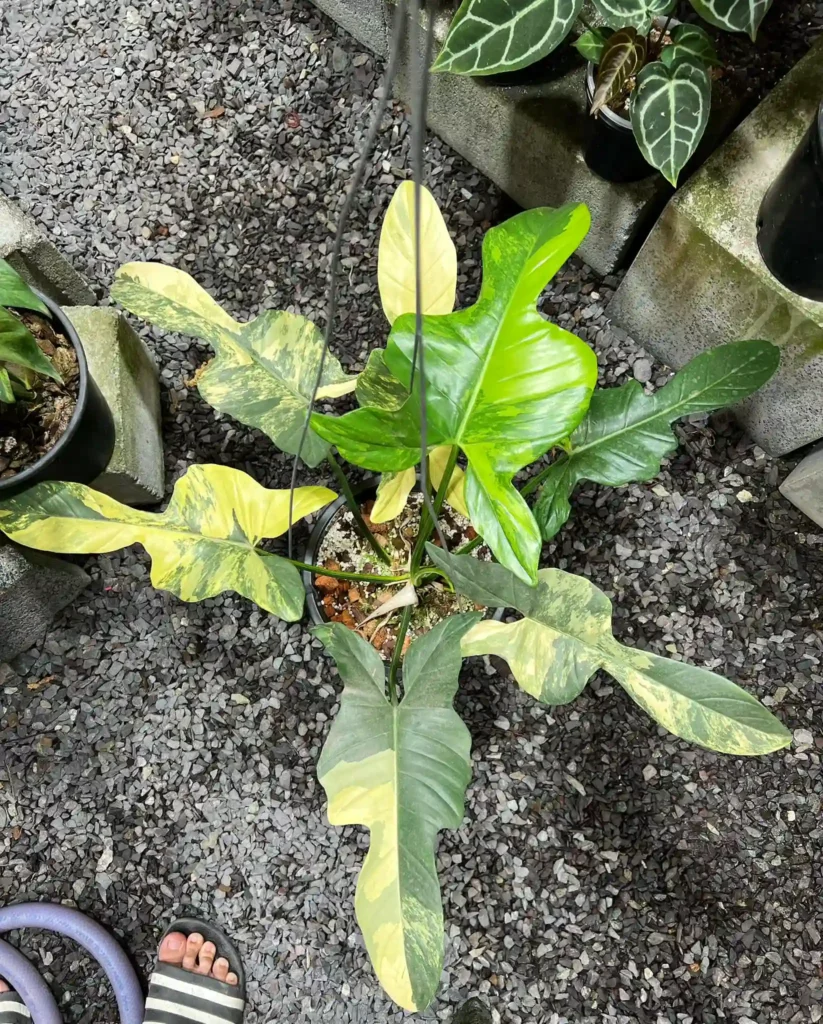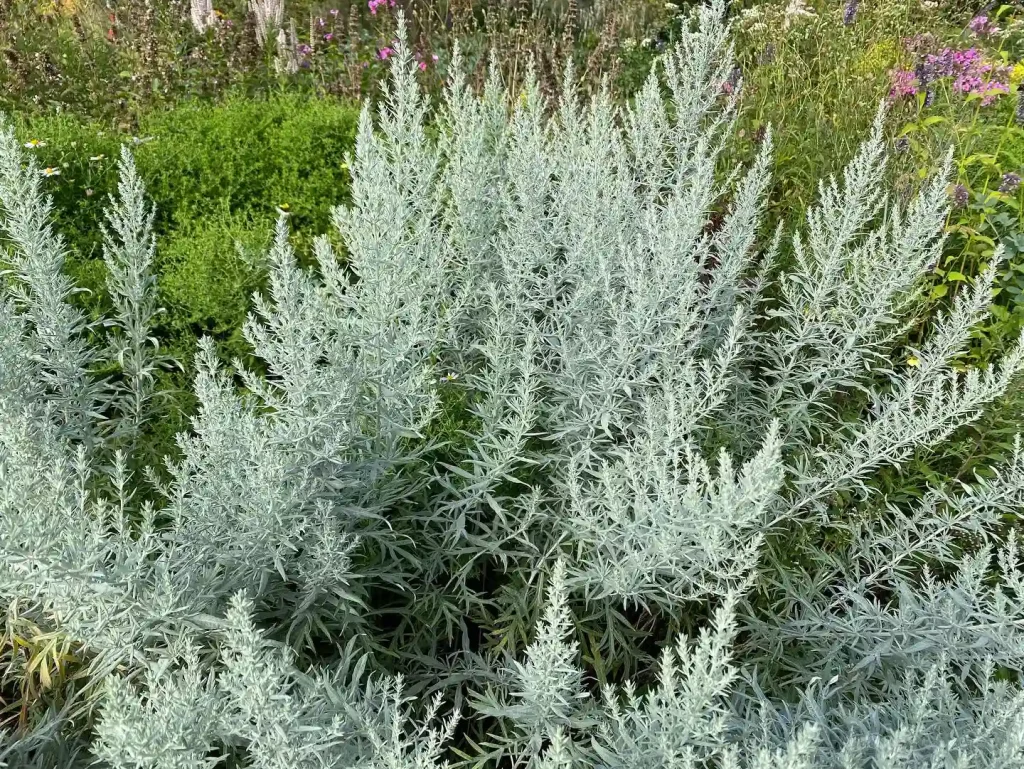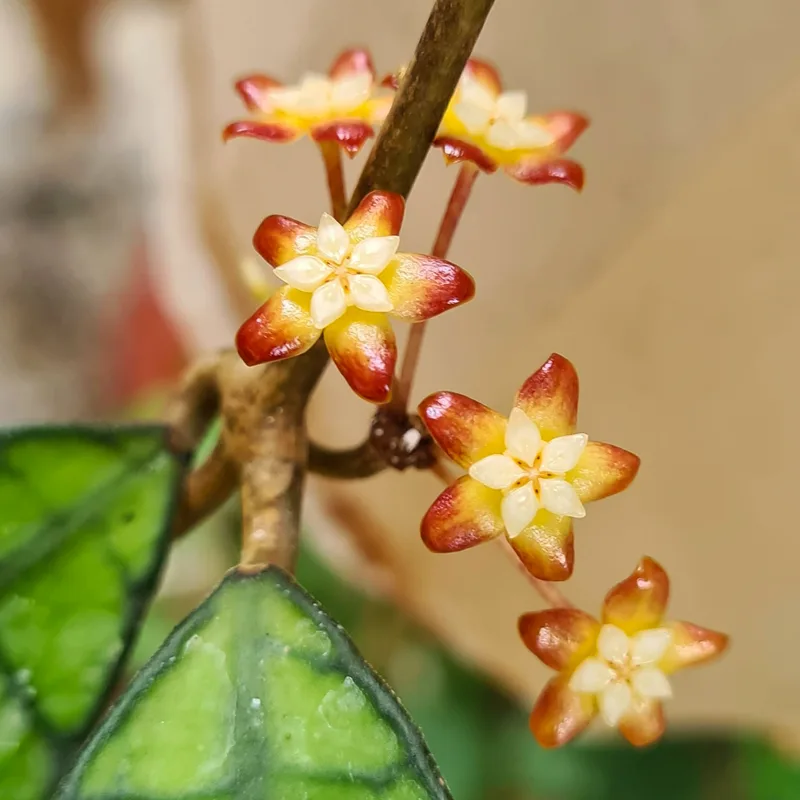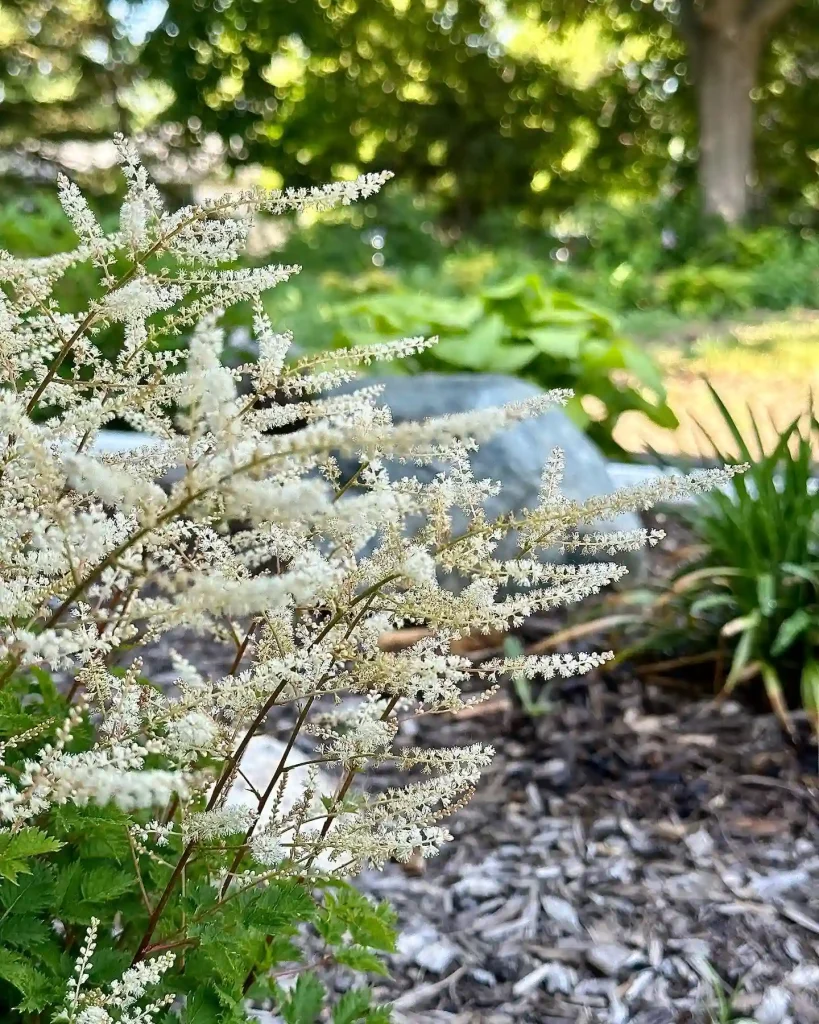What is Ephedra Viridis?
Ephedra Viridis is a fascinating plant native to the American Southwest that I discovered while exploring herbal remedies. It’s commonly known as Mormon tea and has been traditionally used for various purposes, including as a mild stimulant and to alleviate respiratory issues. I stumbled upon it during one of my hikes in the desert and was intrigued by its history and potential benefits.
Plant Family: Ephedraceae – 75 Species in Genus Ephedra
Ephedra Viridis vs Ephedra Sinica
I found that Ephedra Viridis thrives better in my arid garden compared to Ephedra Sinica, which struggled a bit with the intense sun.
Ephedra Viridis vs Ephedrine
Using Ephedra Viridis in my teas provided a mild, natural energy boost, unlike the more intense and jittery effect I felt with synthetic ephedrine supplements.
Ephedra Viridis vs Ephedra Nevadensis
In my experience, Ephedra Viridis seemed to be hardier and more resilient in varying temperatures, whereas Ephedra Nevadensis required more consistent care to maintain its health.
What is Ephedra Viridis tea?
Ephedra Viridis tea is a simple yet effective way to experience the benefits of this plant. I’ve brewed it myself using dried Ephedra Viridis stems, which I acquired from a trusted supplier. The process involves steeping the stems in hot water for several minutes, resulting in a flavorful and aromatic infusion. I found the tea to have a subtle, earthy taste with a hint of bitterness, which I quite enjoyed. It’s a soothing beverage that I’ve incorporated into my daily routine for its energizing effects and potential health benefits.
Does Ephedra Viridis contain Ephedrine?
Yes, Ephedra Viridis does contain ephedrine, albeit in smaller amounts compared to other Ephedra species. I learned this through researching its chemical composition and understanding its effects. The presence of ephedrine contributes to its stimulant properties, which some people find beneficial for increasing energy and focus.
Is Ephedra Viridis legal?
The legality of Ephedra Viridis can be a bit tricky to navigate. While it’s not specifically listed as a controlled substance, regulations regarding its sale and use vary depending on location. I had to delve into local laws and regulations to ensure I was in compliance before purchasing or using it. It’s essential to be informed and responsible when dealing with plants like Ephedra Viridis.
How to grow Ephedra Viridis?
Ephedra Viridis can be grown with some care, but it’s important to consider a few things before you begin.
Important Considerations:
- Ephedra Viridis has potentially harmful alkaloids: Ephedra contains compounds that can mimic epinephrine and cause serious health side effects, including heart problems, seizures, and even death. It’s not recommended for consumption without medical supervision.
- Check local regulations: Ephedra is restricted or banned in some countries and areas due to its potential health risks. Make sure it’s legal to cultivate where you live.
Growing Ephedra Viridis (if legal in your area):
If you decide to proceed with growing Ephedra Viridis, here’s a guide:
Climate and Location:
- Prefers full sun and very well-draining soil.
- Thrives in dry, arid climates with hot summers and cool winters.
- Not suited for humid or wet environments.
Planting from Seeds:
- Seed preparation (Scarification): Lightly scratch the seed coat with sandpaper to improve germination.
- Soaking: Soak seeds overnight in water or willow-tip tea.
- Planting: Sow seeds about 1 inch deep in a pot with a well-draining cactus mix.
- Watering: Keep the soil moist but not soggy during germination.
- Germination: Germination can be slow and erratic, taking anywhere from 2 weeks to several months.
Planting from Cuttings:
- Not as common as seed propagation, but possible. Take stem cuttings in late summer and plant them in a well-draining mix, keeping them moist until rooted.
Care:
- Watering: Water deeply when the soil dries out completely. Avoid overwatering.
- Soil: Ensure the soil drains exceptionally well and consider adding sand or gravel to improve drainage.
- Fertilizer: Not necessary for established plants.
- Winter protection: In colder climates, provide winter protection with mulch or row cover if temperatures drop below freezing for extended periods.
Additional Tips:
- Ephedra Viridis is a slow-growing shrub. Be patient as it matures.
- Wear gloves when handling the plant as a precaution, especially if you have sensitive skin.
- Deadhead spent flowers to encourage bushier growth.
Remember:
- Exercise extreme caution with Ephedra Viridis due to its potentially harmful properties.
- Double-check local regulations before planting.
- Consider alternative plants with similar visual appeal but without the health risks.
Is Ephedra Viridis Ephedrine free?
While Ephedra Viridis does contain ephedrine, it’s generally considered to have lower concentrations compared to other Ephedra species. This characteristic makes it a preferred choice for those seeking the benefits of ephedra with potentially milder effects. I came to appreciate its subtler stimulation and found it to be a gentler option compared to other stimulants.
If i die, water my plants!



